Unfortunately we didn’t manage to gain access inside the hospital building, and did see evidence of VERY recent new boarding in a couple of locations which may, or may not, have had a bearing on us failing where others have fairly recently succeeded.
We did, however, get some exterior shots of what is a beautiful building, together with a few from a very decrepit shack up in the woods to the rear of the main building, featuring Laurence LLewelyn Bowen wallpaper and toilet straight out of Trainspotting. Visited with Mr EOV.
A brief background:
The Mundesley Tuberculosis Hospital was established in 1899 by F.W. Burton-Fanning as a private sanatorium for well-off patients.
Built in 1898/9 by the firm of Boulton and Paul of Norwich and opened in 1899, it was modelled on similar hospitals in Germany and Switzerland, where open-air treatment had been pioneered.
It was one of the first private hospitals of this kind to be built in England, and the complex is a rare surviving example of a timber-framed prefabricated hospital building. The site also included a number of wooden huts within the hospital grounds, where patients could spend time in the open air sheltered from the elements.
Mundesley promoted itself as ‘health resort’, of sorts, where tuberculosis sufferers could rest and recuperate, alongside receiving treatment. For those who could manage it, active participation in a range of convalescent activities seemed to be encouraged. The hospital organised outdoor games and occasional light sports contests between patients and staff.
A fascinating film, which gives some insight into daily life in the sanatorium in 1937, can be seen here.
During World War II, Mundesley Sanatorium temporarily moved to Cheshire, only returning after hostilities had ceased. In the late 1940s huge advancements in the treatment of tuberculosis were made, including a potential cure. By the 1950s convalescent treatment for the disease was deemed unnecessary, and in 1957 the Sanatorium was officially adopted by the National Health Service, with the backing of the East Anglian Regional Hospital Board. Thereafter it slowly fell into disrepair.
The site was purchased by Adapt Ltd in the 1990s, and underwent a major refurbishment, reopening in 1997 as a drug and alcohol rehabilitation unit called the “Diana, Princess of Wales Treatment Centre”. It was hailed as Europe’s largest drug and alcohol clinic, but administrators were called in during summer 2008 and the clinic was closed in 2009.
The old hospital remains standing in the original site at Gimingham, due to its current status as a Grade II listed building.
Thanks for looking.
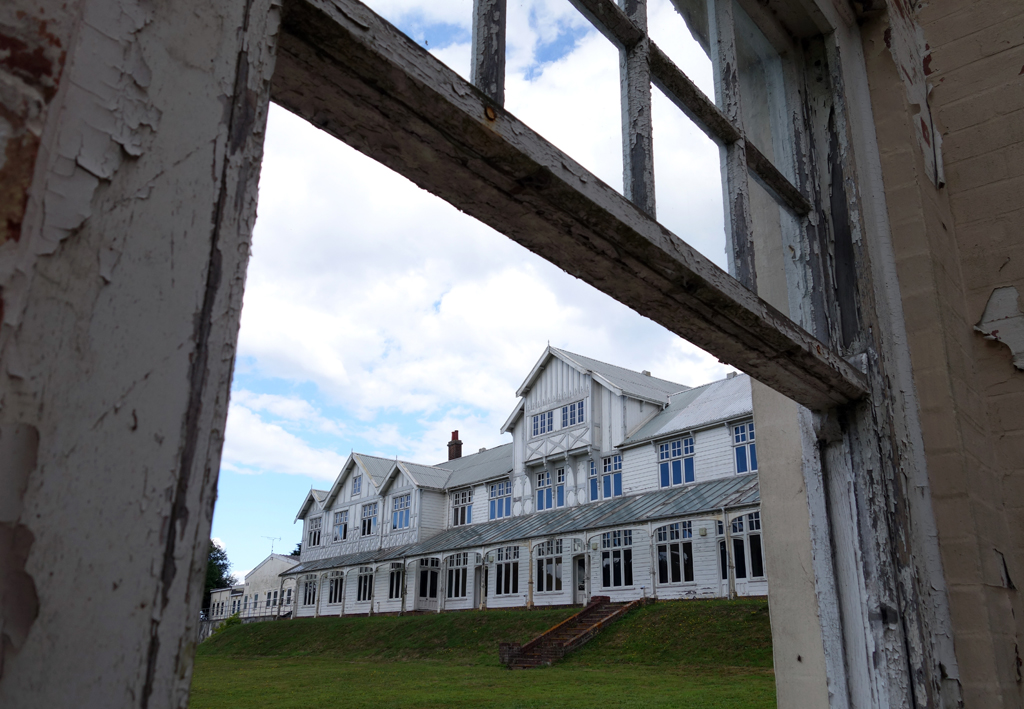



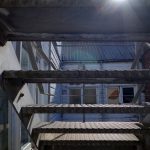









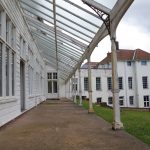


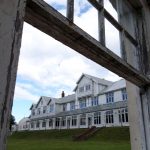















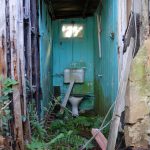

One comment
Stunning building, reminds me a bit of benenden hospital in Kent I went to years ago. Am glad its listed and secure x